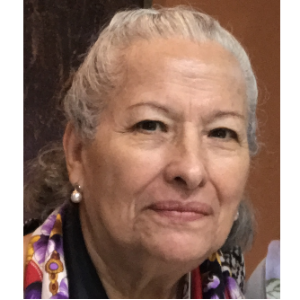Title : Acinetobacter baumannii blaOXA-143-like and blaOXA-72 with global international clone (IC) 2 and the Latin America endemic IC5 Exhibiting Strong Biofilm Formation in a Mexican Hospital
Abstract:
Acinetobacter baumannii is an opportunistic pathogen responsible for healthcare-associated infections (HAIs) and outbreaks. Antimicrobial resistance mechanisms and virulence factors allow it to survive and spread in the hospital environment. However, the molecular mechanisms of these traits and their association with international clones are frequently unknown in low- and middle-income countries. Here, we analyze the phenotype and genotype of seventy-six HAIs and outbreak-causing A. baumannii isolates from a Mexican hospital over ten years, with special attention to the carbapenem resistome and biofilm formation. The isolates belonged to the global international clone (IC) 2 and the Latin America endemic IC5 and were predominantly extensively drug-resistant (XDR). Oxacillinases were identified as a common source of carbapenem resistance. We noted the presence of the blaOXA-143-like family (not previously described in Mexico), the blaOXA-72 and the blaOXA-398 found in both ICs. A low prevalence of efflux pump overexpression activity associated with carbapenem resistance was observed. Finally, strong biofilm formation was found, and significant biofilm-related genes were identified, including bfmRS, csuA/BABCDE, pgaABCD and ompA. This study provides a comprehensive profile of the carbapenem resistome of A. baumannii isolates belonging to the same pulse type, along with their significant biofilm formation capacity. Furthermore, it contributes to a better understanding of their role in the recurrence of infection and the endemicity of these isolates in a Mexican hospital



